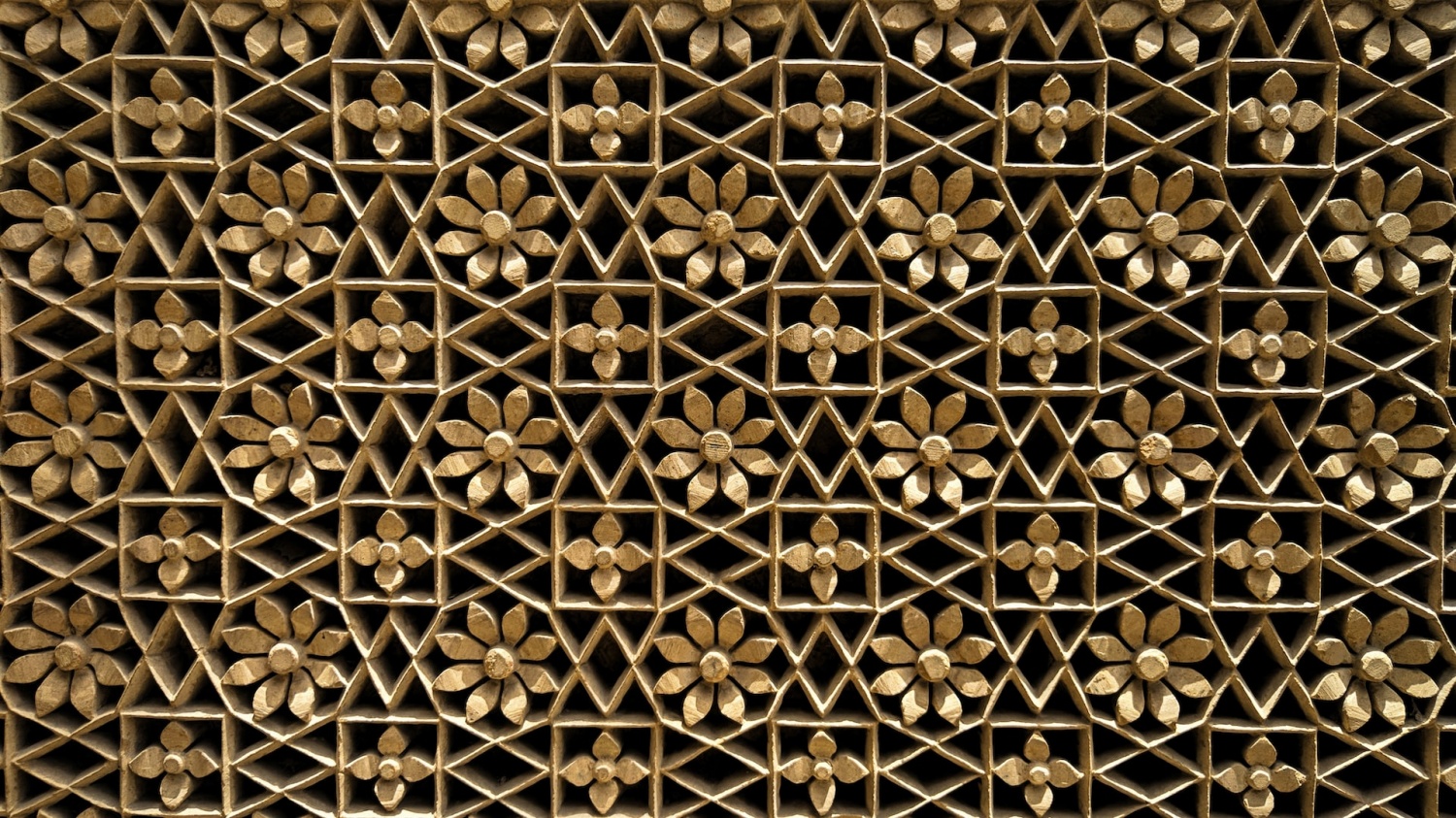An historical answer of utilizing a non-electric air-conditioning system to resolve a modern-day downside has been reinvented by a designer using an revolutionary twist.
By incorporating the air-con into a recent, trendy wall decoration that successfully regulates indoor temperatures with out utilizing a single watt of electrical energy, the designer was capable of deal with thermal discomfort in addition to vitality consumption discount and inside aesthetics.
The Nave, modeled after the Jarrah of historical Palestine, is a large terracotta radiator containing chilly water. The Nave’s inside is cooled by water evaporating from permeable pores within the terracotta wall, which additionally radiates warmth to chill the room.
Since people have been enduring the warmth of the tropics and deserts for millennia, architects and engineers had cooling methods put in into their dwellings lengthy earlier than air-con was invented.
Learn additionally: Local weather Change Might Trigger Excessive Air Conditioning Use in the US
Award-Profitable Innovation
In keeping with Yael Issacharov, an industrial designer on the Holon Institute of Expertise, the Nave works greatest in sizzling, dry climates the place evaporation will happen extra rapidly. Her creation earned her a gold IDA Design Award and a bronze A’Design Award.
She claims that the Nave would value greater than a regular air conditioner, however along with saving cash on vitality prices, it additionally frees up the window and is sort of pretty to take a look at.
In actual fact, consuming water was stored within the Jarrah of Palestine as a result of the evaporation course of stored each the water and the house through which it was stored cool.
Different desert cultures, resembling the traditional Persians, used wind-catching towers assembled on their buildings to direct prevailing desert breezes into the inside dwelling areas.
One other passive cooling system discovered on buildings such because the Taj Mahal is the jaali, which dates again to Mughal India. The pure legislation of thermodynamics dictates that air should have the ability to velocity up because it travels via small areas, so a perforated slab of ornately carved sandstone or marble takes benefit of this pure legislation.
The tiny hexagonal holes in a jaali function humidifiers throughout the evening as a result of the moist evening air deposits humidity across the holes because it enters the room, cooling the air because it passes via them.
Issacharov explains that The fabric’s properties produce evaporation and cooling impact that reduces the room’s temperature with out using electrical energy. She is reviving an historical answer to a modern-day downside with an ingenious “improve” of the recent expertise obtainable at present as a result of this technique has been used for lots of of years within the Negev desert in Israel within the type of “Jara,” which is a terracotta water vase.
The Nave can keep an area at a thermally comfy temperature of 77°F within the scorching desert warmth, identical to the jaali and the windcatchers.
The Nave has not but attracted any industrial curiosity, however based on Quick Firm, Issacharov is open to proposals as she continues to broaden the design to make it suitable with way more configuration and development strategies, Good Information Community stories.
Associated article: Scientists Offered a New View of Utilizing Geothermal Programs for Environmental-Pleasant Air Conditioning
© 2022 NatureWorldNews.com All rights reserved. Don’t reproduce with out permission.




